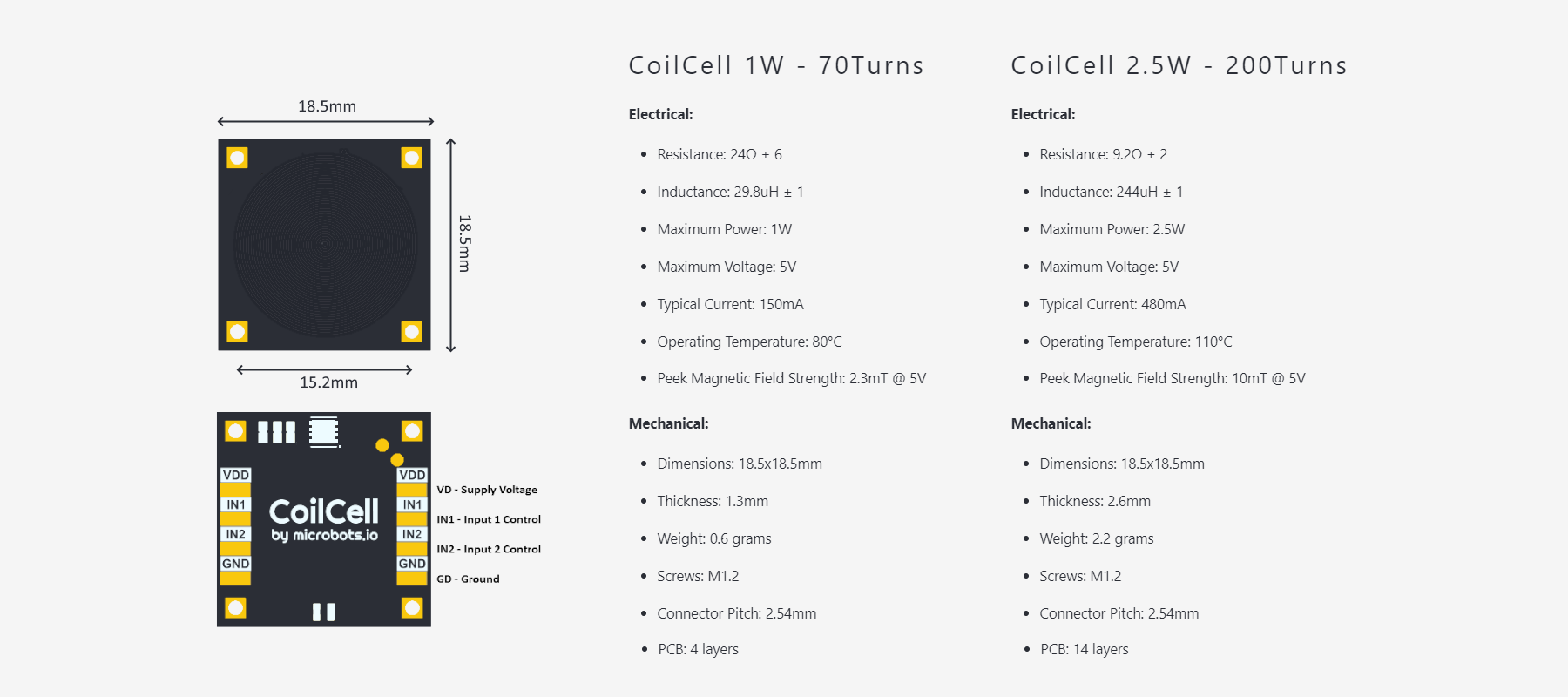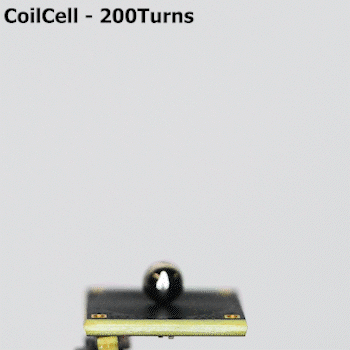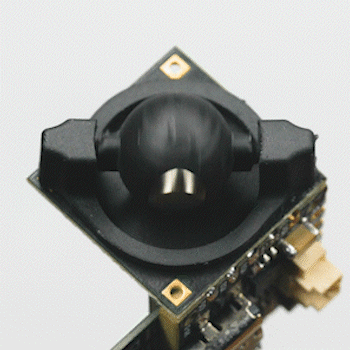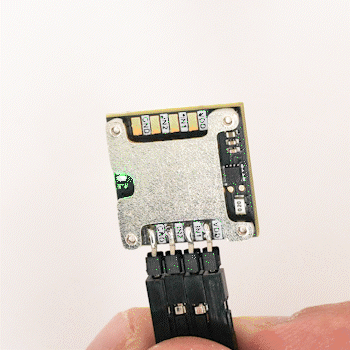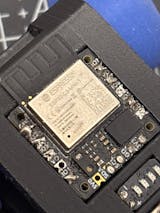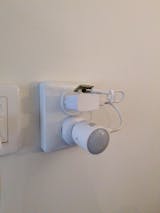Constructed from a multi-layered PCB, CoilCell is a thin planar coil with an integrated driver, making it compact while simplifying control of magnetic polarity and strength.
The on-board driver features the DRV8837 h-bridge chip which can control the direction and strength of the current flowing through the coil, allowing the CoilCell to be driven:
- Magnetic North (IN1 = VCC/PWM, IN2 = GND)
- Magnetic South (IN1 = GND, IN2 = VCC/PWM)
- OFF (IN1 = GND, IN2 = GND)
The box will include the CoilCell, a set of four M1.2 screws, 4-pin male-header, and any optional magnetic parts. The PCB is ROHS Compliant & follows IPC-A-600 II standard. Please note that the CoilCell is intended to be used as a DIY maker kit. For commercial purposes, please get in touch.
Looking to add multiple CoilCells to your project? Simplify your setup by soldering neighboring cells together! The side pads make it easy to share power and input signals across multiple cells. Customize each CoilCell with its own unique input using separate wires, or synchronize them by wiring the same input signal across multiple cells.
Some other Notes:
- Take caution when using the 2.5W 200-Turns CoilCell. Depending on the application, it might heat up to 110°C (especially the electromagnet iron back-plate), so keep hands away from hot areas to prevent injury & turn the coil off when not in use.
- We also recommend using eye protection when using small magnets with the 2.5W 200-Turns CoilCell, as it may repel the magnets upward.
- The DRV8837 chip has Overcurrent Protection, Undervoltage Lockout & Thermal Shutdown. However, caution must be taken not to reverse its supply rails.
- The force produced by a CoilCell depends on the mechanical elements of your project, as well as the weight and strength of the magnet.
- Any soldered wires/jumper cables must be non-magnetic to prevent magnets from attaching to them.
- When using the 2.5W 200-Turn CoilCell, be aware that it can heat up to 110°C at maximum power. Ensure that 3D prints, magnets, and other materials used can withstand the operating temperature. To manage the heat, you can adjust the duty cycle to reduce power output. Additionally, you can protect the magnets by elevating them or covering the CoilCell to minimize direct contact with surfaces and reduce heat transfer.
- The CoilCell Library is available for download on both GitHub and the Arduino Library Manager. Basic functions work on all Arduino boards, with optimized PWM functions for CodeCell & other ESP32 devices.
- Schematics for this module are available here.





























